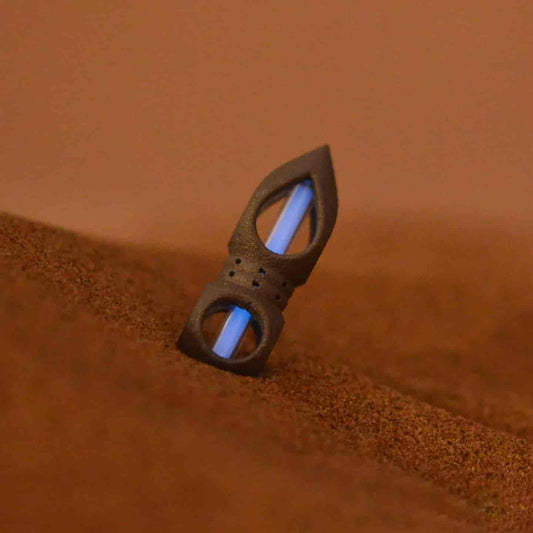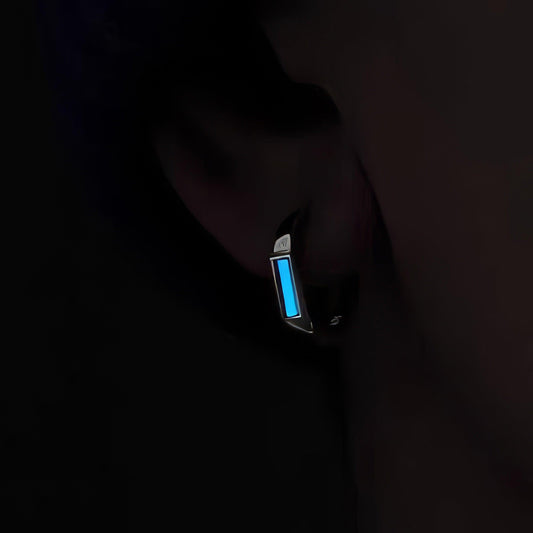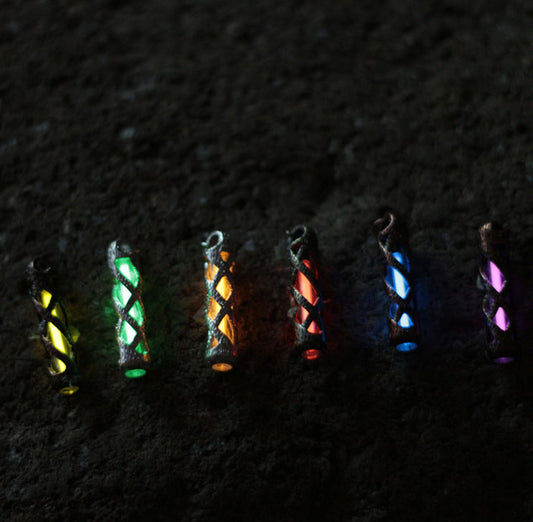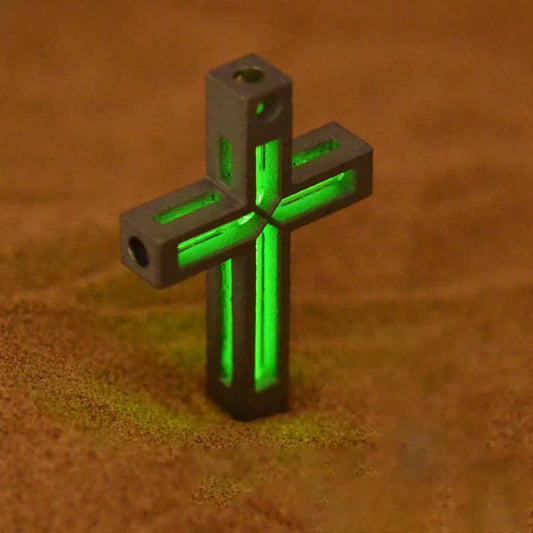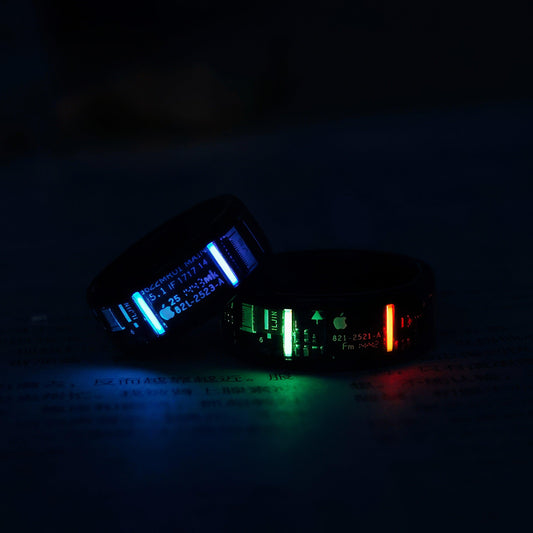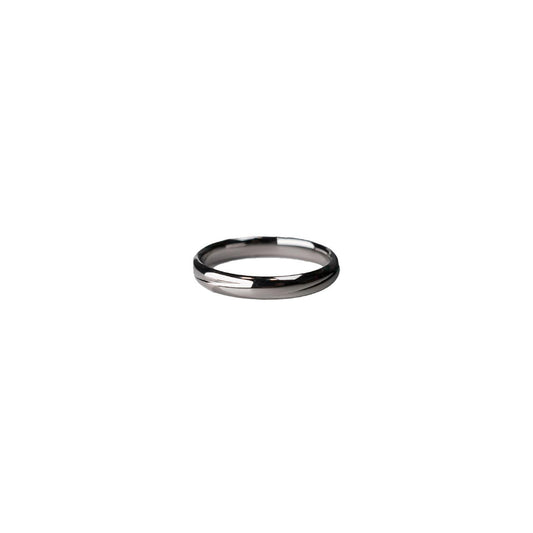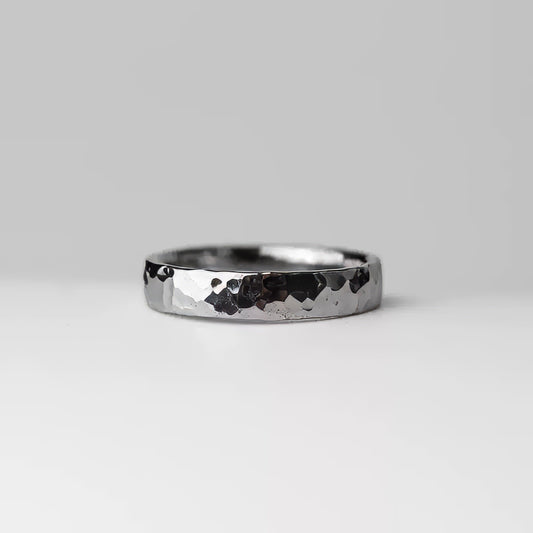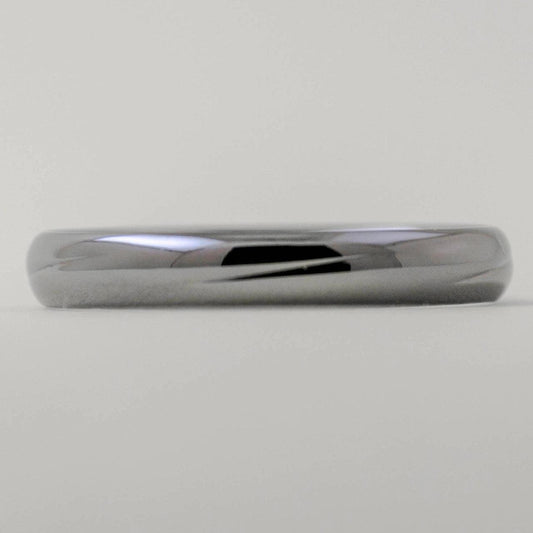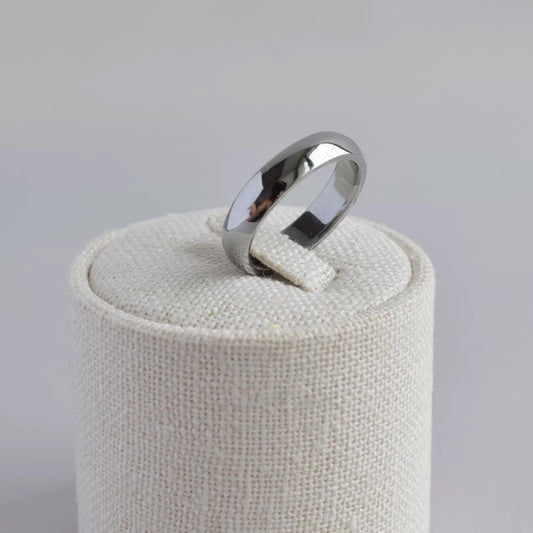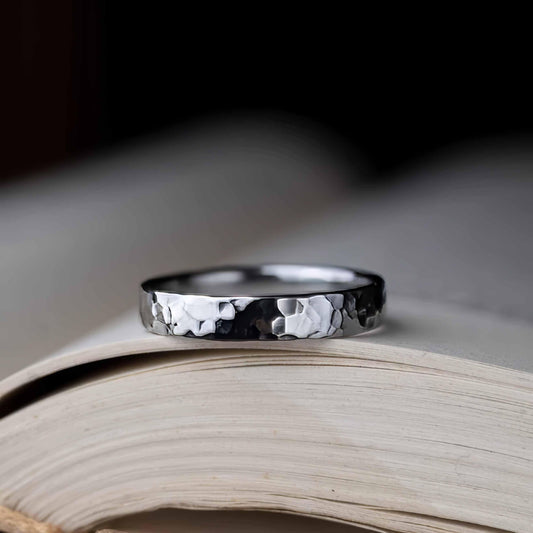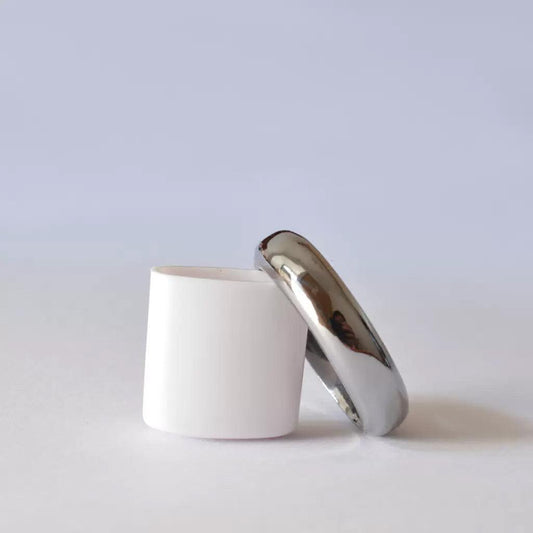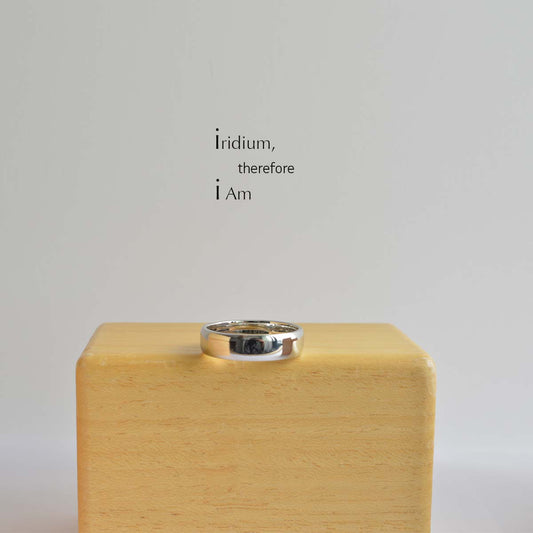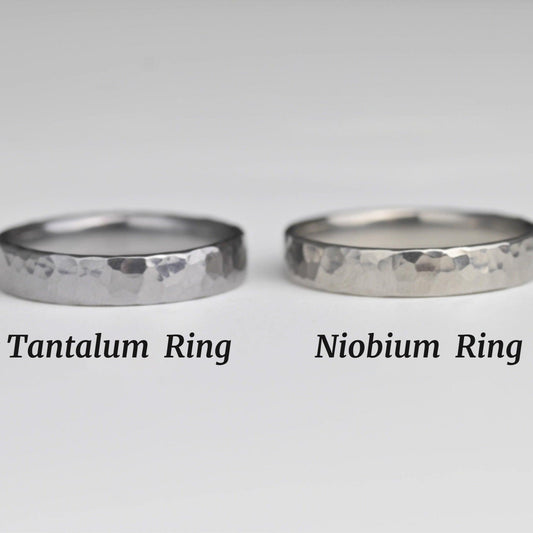Glimmers of the Future Understanding the Rise of Created Diamonds
Glimmers of the Future Understanding the Rise of Created Diamonds
Diamonds, once the dominion of deep earth mystery and staggering expense, have found a new genesis in the controlled environments of laboratories. My fascination with these sparkly carbon structures was born out of a conversation with my sister, who had chosen a lab-grown diamond engagement ring. Initially, my traditional leanings made me a tad skeptical. I was a believer in the romance of natural diamonds—those enigmatic stones that take billions of years to form underneath the earth's crust. But as she twirled the ring under the café's bronze lights, I couldn't help but be captivated by its undeniable allure.
The scientific process behind these diamonds is nothing short of remarkable. Synthetic diamonds—often referred to as created diamonds—are produced using either High Pressure High Temperature (HPHT) or Chemical Vapor Deposition (CVD). Both methods allow for impressive precision, and the result is a gem that is chemically and visually identical to its natural counterpart. It's like watching the magic of technology unfold; in just a matter of weeks, you have a diamond that gleams with the same fire and brilliance as the natural stones that lay buried for eons.
What intrigued me even further was the ethical conversation surrounding these lab-grown stones. As consumers become more eco-conscious, the appeal of created diamonds has grown. Traditional diamond mining has long been associated with environmental destruction and dubious labor practices. In contrast, lab-grown diamonds are celebrated for their sustainable production methods and traceable origins. It feels like a nod to the future—a way of enjoying the sparkle without the guilt of complicity in potential exploitation.
Then there's the cultural shift. Created diamonds are finding favor among younger generations who value innovation and authenticity over convention. They're not merely seen as an alternative but a statement in itself. Celebrities have been spotted donning these man-made marvels, giving them a glamorous endorsement. It's a fascinating shift—diamonds, once an exclusive symbol of forever, are now also emblems of progress and conscientious choice.
The weight of tradition still hangs in the balance, though. The idea of a created diamond doesn't sit well with everyone. A friend once half-jokingly remarked, "If it's made in a lab, does it even count as a diamond?" As we sat mulling over our drinks, I realized there’s something inherently human in this hesitation. We often equate value with rarity and history. Yet, as we embrace technology in so many areas of life, why not in gemstones?
In the end, as my sister pointed out, love isn't measured by the origins of the stone but by the shared journey ahead. A diamond, whether dug from the earth or crafted in a lab, still holds that timeless, intangible ability to symbolize unbreakable bonds. And maybe, just maybe, these lab-grown wonders are a way of honoring both tradition and the planet. For a skeptic like me, that's quite a sparkle to admire.
